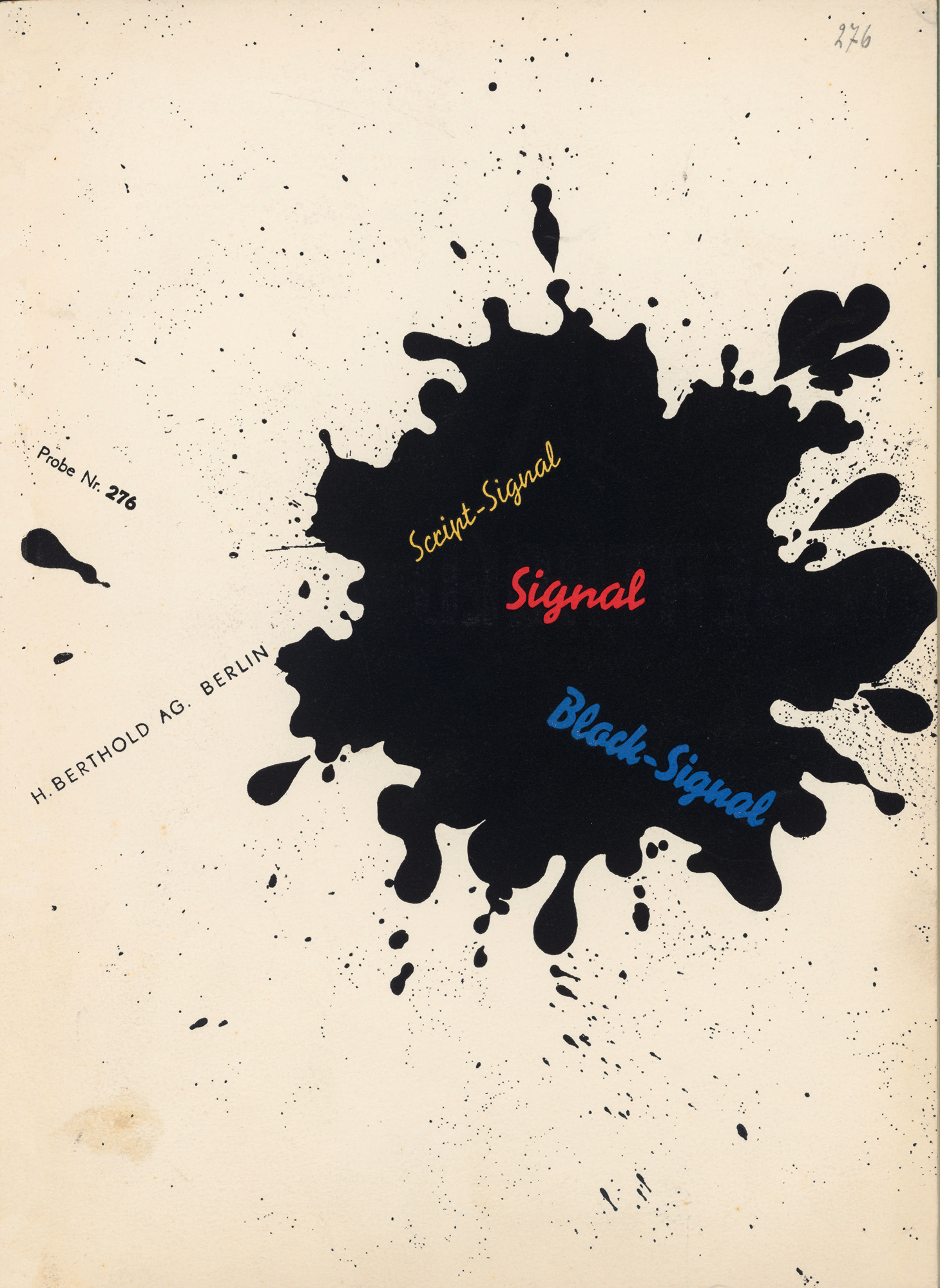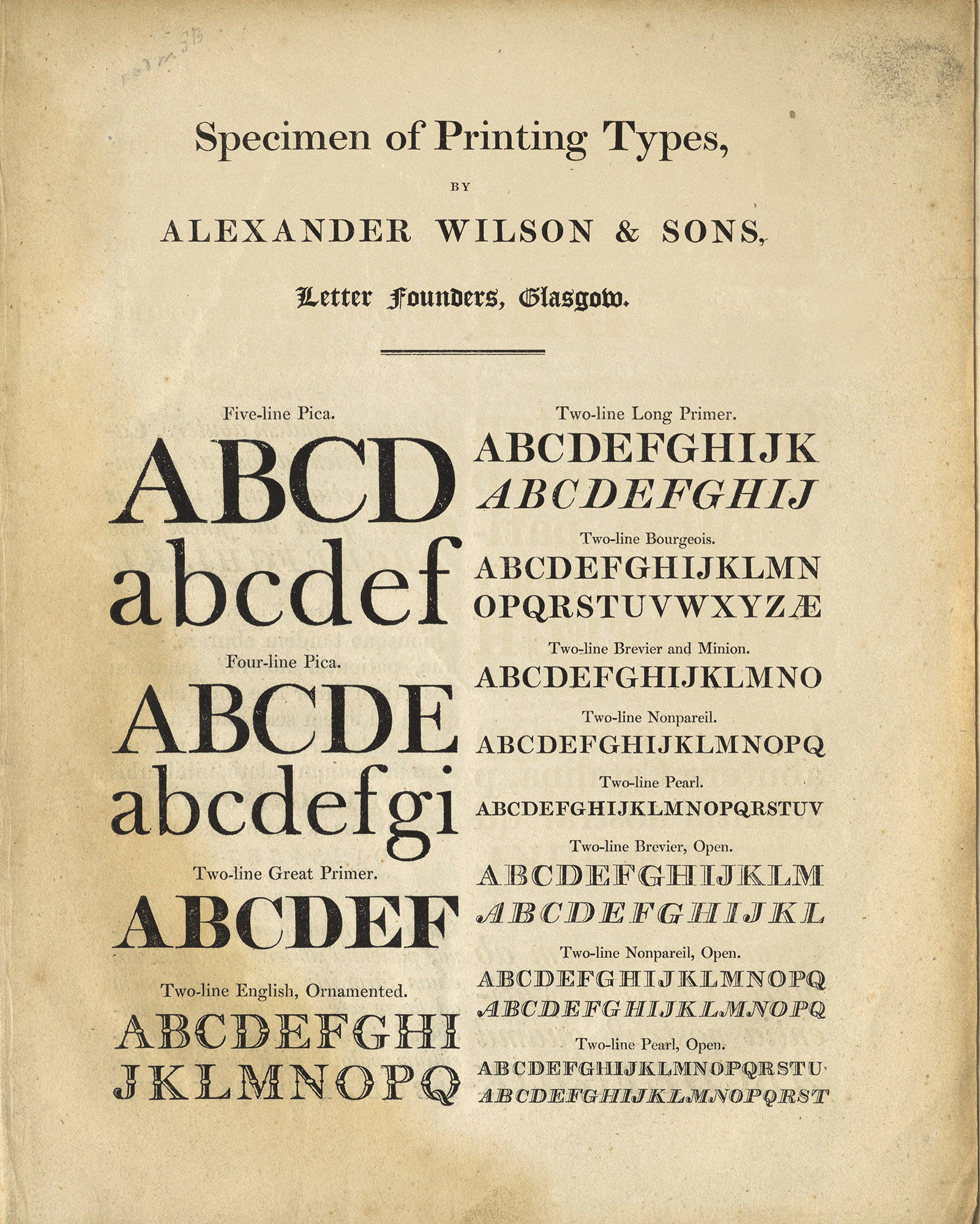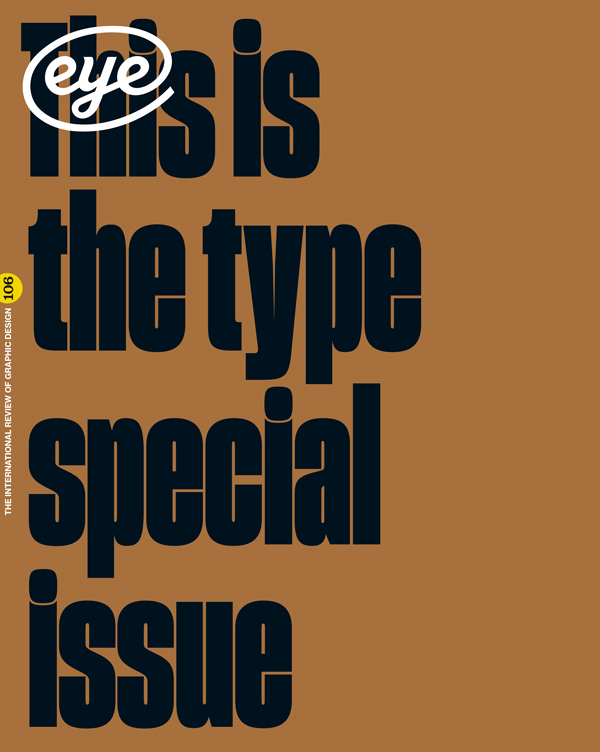Summer 2024
Type history’s golden age
Digital technology and online resources have prompted a flowering in type history, says Paul Shaw

The study of the history of type is in the midst of a major transformation. The digital era, especially since the early 21st century, has been marked by the introduction of an array of tools and resources that have not only broadened the areas studied, but have made it possible to question the entrenched narratives and widely accepted conclusions of the past. The leading type historians of the period from 1920 to 1970 –Daniel Berkeley Updike, Stanley Morison, A. F. Johnson, Harry Carter, Giovanni Mardersteig, John Dreyfus, Hendrik D. L. Vervliet, Lotte Hellinga and Jeanne Veyrin-Forrer – focused on metal type and, in particular, type for books. The two major exceptions to this statement are Nineteenth Century Ornamented Types and Title Pages by Nicolete Gray (1938, revised 1976) and American Wood Type 1828-1900 (1969) by Rob Roy Kelly. There are several reasons, sociological as well as technological, why the study of type is infinitely better (and easier) today than it was 25 years ago …
Paul Shaw, letter designer, design historian, New York
Read the full version in Eye no. 106 vol. 27, 2024

Eye is the world’s most beautiful and collectable graphic design journal, published for professional designers, students and anyone interested in critical, informed writing about graphic design and visual culture. It is available from all good design bookshops and online at the Eye shop, where you can buy subscriptions and single issues.

